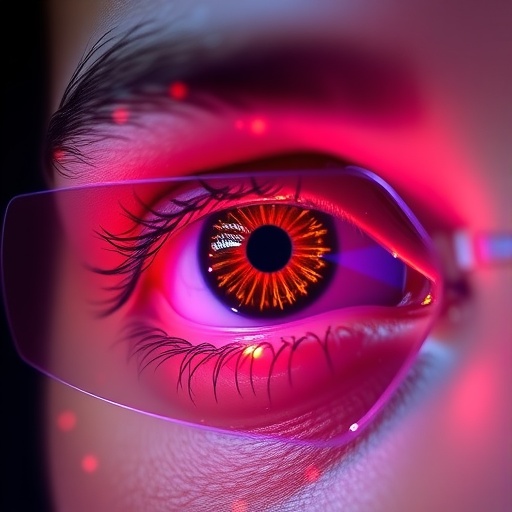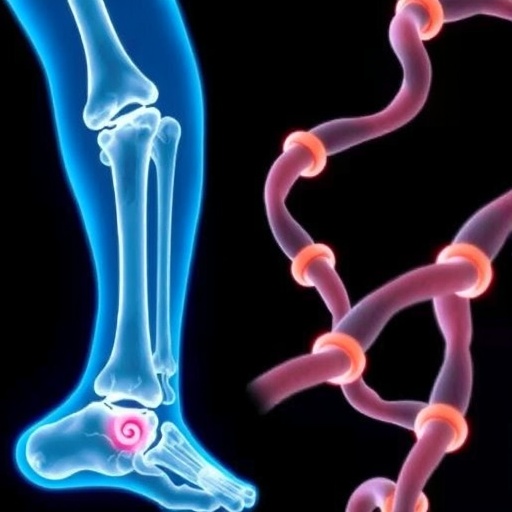In the rapidly evolving world of display technology, micro-LEDs have emerged as a pivotal innovation promising unprecedented brightness, efficiency, and color fidelity for next-generation screens. These microscopic light-emitting diodes, composed of tiny arrays of pixels densely packed on semiconductor substrates, herald a new era of display possibilities. However, the road to achieving flawless micro-LED displays is fraught with significant challenges, particularly when it comes to the detection and repair of defective pixels—a process critical to ensuring optimal performance and longevity of the final product.
Micro-LED displays differ fundamentally from traditional LCD or OLED panels, largely due to the scale and density of their pixel arrays. Each micro-LED is essentially a tiny semiconductor device that produces light individually. While this architecture opens doors to higher brightness levels and wider color gamuts, it also introduces complexities in manufacturing, chiefly because even a single faulty pixel can drastically diminish the display quality. Defects in micro-LED pixels can manifest as non-emission (dead pixels), abnormal brightness (dim pixels), unwanted color shifts, or stuck pixels that remain permanently lit—all issues that degrade the user experience.
Detecting these defects requires an array of highly sensitive and precise analytic techniques, with photoluminescence (PL) and electroluminescence (EL) analyses being the most prominent. Photoluminescence analysis involves optically exciting the LED chips on the epitaxial wafer using external light sources such as lasers or UV lamps. The electrons within these micro-LEDs absorb this optical energy and re-emit it as light, which is then spectrally analyzed. Through this process, critical material quality indicators can be extracted, such as emission wavelength and intensity. A pixel deviating from expected emission characteristics signals underlying defects like dislocations or impurity states in the crystal lattice, enabling early identification of malfunctioning micro-LEDs before expensive mass transfer operations.
Electroluminescence analysis, on the other hand, simulates real operating conditions by driving electrical current through the micro-LED pixels once they have been transferred onto the display backplane. This technique evaluates the spectral properties of emitted light during device operation, providing critical insights into pixel-level brightness and color accuracy. EL analysis is essential to identify issues that may not be detectable through PL, particularly those arising from electrical anomalies or interconnect faults after mass transfer. Together, PL and EL analyses form a complementary duo that fortifies quality control throughout the manufacturing pipeline.
Recent breakthroughs have introduced machine learning models into this defect detection ecosystem, dramatically accelerating and refining the process. High-resolution cameras and microscopy techniques capture detailed images of micro-LED arrays, which are analyzed by deep learning algorithms trained on numerous defect patterns. These neural networks excel at classifying pixel abnormalities across brightness, color uniformity, and structural consistency, enabling automated high-throughput inspection that surpasses human visual scrutiny. The integration of artificial intelligence not only improves defect detection accuracy but also optimizes manufacturing throughput, presenting a scalable solution for mass production.
Once defective pixels are identified, repair strategies diverge based on the timing relative to the mass transfer process. Pre-transfer repair primarily employs the exclusion of defective micro-LEDs from the mass transfer onto the backplane. Thanks to redundancy incorporated into each pixel site on the LED epitaxial wafer—where multiple spare micro-LEDs are engineered—manufacturers can selectively transfer only the non-defective chips to assemble the pixel. This selective transfer mitigates the propagation of defects into the final display, improving yield and reducing the need for resource-intensive post-transfer interventions.
Post-transfer repair, in contrast, addresses defects detected on the assembled display after mass transfer has been completed. This process is considerably more complex and time-consuming, involving the precise removal of faulty micro-LEDs coupled with surface cleaning to eliminate cured adhesives and contaminants. Subsequently, fresh adhesive material is applied, and replacement non-defective micro-LEDs are carefully positioned and bonded onto the backplane. While effective in salvaging displays that would otherwise be discarded, post-transfer repair substantially increases manufacturing costs, particularly as display resolutions climb and pixel densities soar. Meticulous alignment and bonding precision are mandatory to maintain optimal device performance after these granular repairs.
The economic and technical implications of repair workflows underscore the importance of robust defect detection before mass transfer, to minimize costly after-the-fact interventions. Innovations in epitaxial growth and wafer fabrication methods have been aimed at elevating crystal quality, thereby reducing defect densities at early stages. Improved epitaxy, in tandem with advanced in-line PL characterization, empowers manufacturers to catch and discard substandard micro-LED chips long before they reach the display assembly stage, optimizing overall yield and product reliability.
Moreover, as consumer demand for more versatile and sophisticated displays grows—such as transparent, free-form, or near-eye wearable devices—micro-LED technology finds itself under additional pressures to maintain rigid quality standards. Defect-free micro-LED arrays are vital in these applications, where even minor pixel irregularities are amplified due to close viewing proximities and demanding optical requirements. Accordingly, integrated diagnostic platforms leveraging PL, EL, and machine learning-assisted imaging serve as the backbone of micro-LED display fabrication, ensuring performance parameters are met rigorously.
The confluence of materials science, electrical engineering, and computational analytics exemplifies a multidisciplinary approach necessary to propel micro-LED technology from laboratory prototypes to mainstream commercial products. Researchers focus on both front-end material improvements and back-end automated inspection, weaving these threads into a cohesive manufacturing strategy. These advancements promise not only higher yield and reliability but also the adaptability of micro-LEDs to diverse form factors and emerging display paradigms.
In addition to manufacturing throughput and repair efficiency, the reliability and longevity of micro-LED displays benefit from these defect detection and correction techniques. By actively eliminating malfunctioning pixels early in production and enabling targeted replacement later, these methodologies diminish early-life failures and ensure consistent luminance and color fidelity over extensive usage periods. This reliability is paramount for high-value applications ranging from augmented reality headsets to ultra-high-definition televisions.
Another visionary aspect of this research is the potential incorporation of predictive maintenance informed by machine learning models. These models may eventually forecast failure modes or degradation trends based on early defect signatures captured through PL and EL analyses. Such foresight would allow preemptive interventions, extending display lifespans and reducing warranty costs. The integration of AI thus extends beyond mere defect identification toward proactive quality assurance in micro-LED technology.
Looking ahead, one critical challenge is scaling these defect detection and repair methodologies to meet the demands of ultra-high-resolution displays comprising millions of tiny pixels. Maintaining inspection speed without sacrificing accuracy necessitates further advancements in optical sensing hardware and AI algorithm efficiency. Additionally, innovations in micro-manipulation robotics for post-transfer repair are required to facilitate rapid, precise pixel replacement without damaging adjacent structures.
Furthermore, collaboration across semiconductor manufacturers, equipment providers, and academic researchers is vital to refining these processes. Standardizing testing protocols and data sharing can accelerate improvements in defect classification accuracy and repair automation, fostering an industry ecosystem capable of supporting the micro-LED display revolution.
In conclusion, the detection and repair of defective pixels stand as cornerstone challenges—and opportunities—in micro-LED manufacturing. Through the interplay of photoluminescence and electroluminescence analyses combined with machine learning-driven imaging systems, the industry is charting a course toward high-yield, cost-effective production of cutting-edge displays. These technologies underpin the realization of micro-LED’s transformative potential in applications ranging from consumer electronics to immersive augmented reality interfaces. As these methods mature, the vision of vibrant, durable, and flexible micro-LED screens edging into daily life moves ever closer to fruition.
Subject of Research: Display technology advancements focusing on detection and repair of defective pixels in micro-LED displays.
Article Title: Kim, T.S., Ryu, J.E., Park, J. et al. Future trends of display technology: micro-LEDs toward transparent, free-form, and near-eye displays.
Article References:
Kim, T.S., Ryu, J.E., Park, J. et al. Future trends of display technology: micro-LEDs toward transparent, free-form, and near-eye displays. Light Sci Appl 14, 335 (2025). https://doi.org/10.1038/s41377-025-02027-1
Image Credits: AI Generated
DOI: https://doi.org/10.1038/s41377-025-02027-1
Tags: advanced display architecturesbrightness and color fidelity in displayschallenges in micro-LED manufacturingelectroluminescence analysis for displaysfree-form display innovationmicro-LED display technologyoptimizing display performance and longevityphotoluminescence techniques in micro-LEDspixel defect detection techniquespixel-level quality controlsemiconductor technology in displaystransparent near-eye displays






